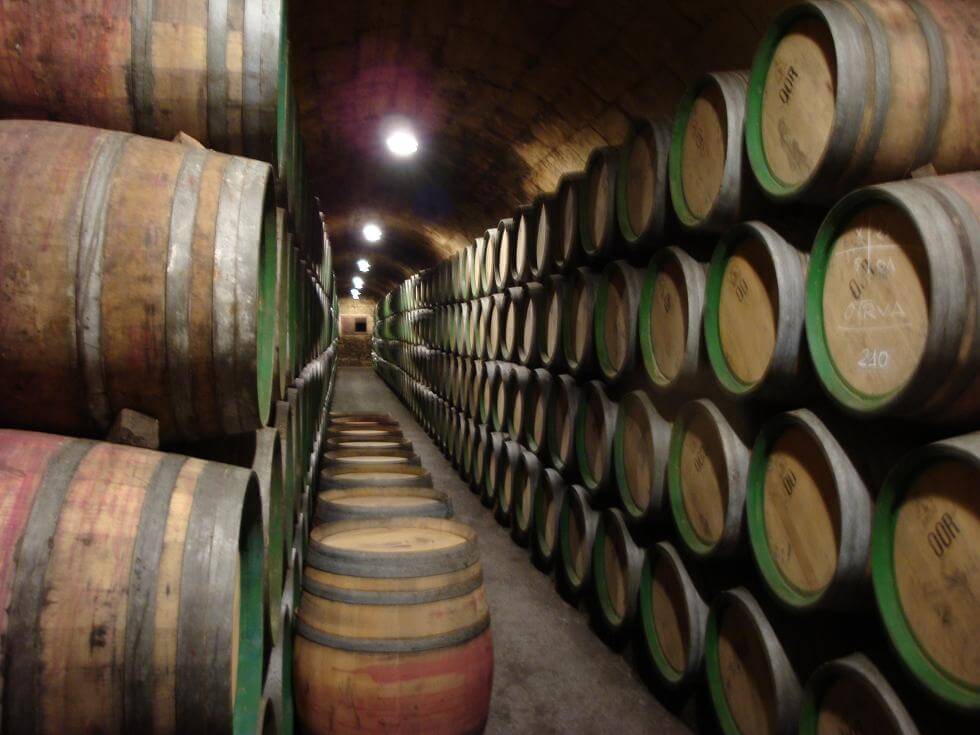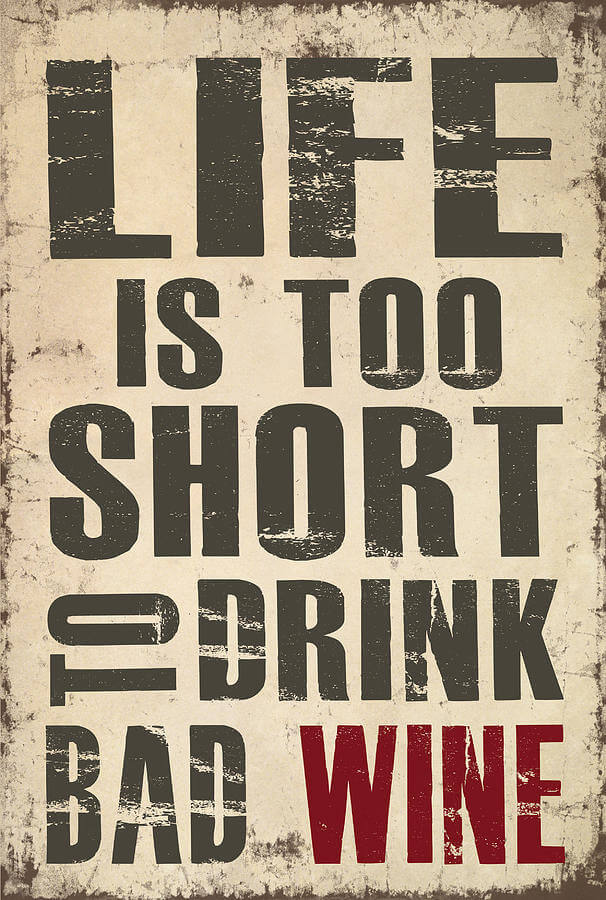Tags : Wine prices Winemaking

Quantity vs. Quality: where is the intersection?
I have a particular interest in fine wine. Not those of exorbitant prices, but more the artisan ones, which sometimes might be priced as well.
Artisan wines are those which winemaking tries to avoid automation and machinery to the fullest! Some artisan practices are hand-picked grapes, sorting tables to sort grapes for quality, removing rotten and unsuitable grapes along with leaves and petioles (which doesn’t happen in machinery harvest). Then the grapes might be foot-trodden, and the fermentation begins naturally; mixing grape skins and juice by hand, many times a day, among other very labour intensive processes.
I was reading about such interesting subject, and I came across several articles discussing how it is becoming increasingly harder to find fine wines. Apart from the labour related added-value, it seems that you cannot easily find artisan fine wines at reasonable prices any more. But why?
In contrast to fine wine, the world is awash with an alcoholic beverage made from fermented grape juice in mass market quantities, usually blended from bulk wines from various sources, where questionable winemaking practices are largely used, under the regulatory myopia of governments. Although they are also called “wines”, such beverages end up subverting artisan wine making, altering consumer tastes, and sabotaging the future of fine wine.
But… Does anybody care?
What usually drives regular wine consumers when buying their bottle of wine is price, eventually. Sometimes a pinch of knowledge, for consciousness’ sake, which might be as vague as a grape (“I like my Merlots”) , or a country (“I love Australian wines”).
How to change this tendency, when increasingly brand burning in the supermarkets works favourably to a government willing to tax minimum prices for wine (and alcohol in general) regardless its quality, in a misguided attempt to solve abusive alcohol consumption?
I don’t know the answer. I don’t know a better answer than awareness!
When tax regulation, and industry association policies conspire to eliminate the characteristics of a product with the intention of make them insipid, burden them with punitive costs and undermine the provenance on which their individual brands stand, then we can aggrieve.
So, is there an intersection, or should we just avoid the large chain retailers who treat wine as a loss leading inducement for filling grocery carts, and buy only wines made truly from winemakers’ heart?
I don’t know a better answer than awareness! If this trend continues unabated, in the near future we might have nothing left but an illusion of choices, engulfed in an ever-rising ocean of wine-like beverage, on display in the crowded soulless supermarkets shelves!
















